Piercy & Company’s uplifting refit for a London developer’s Savile Row HQ
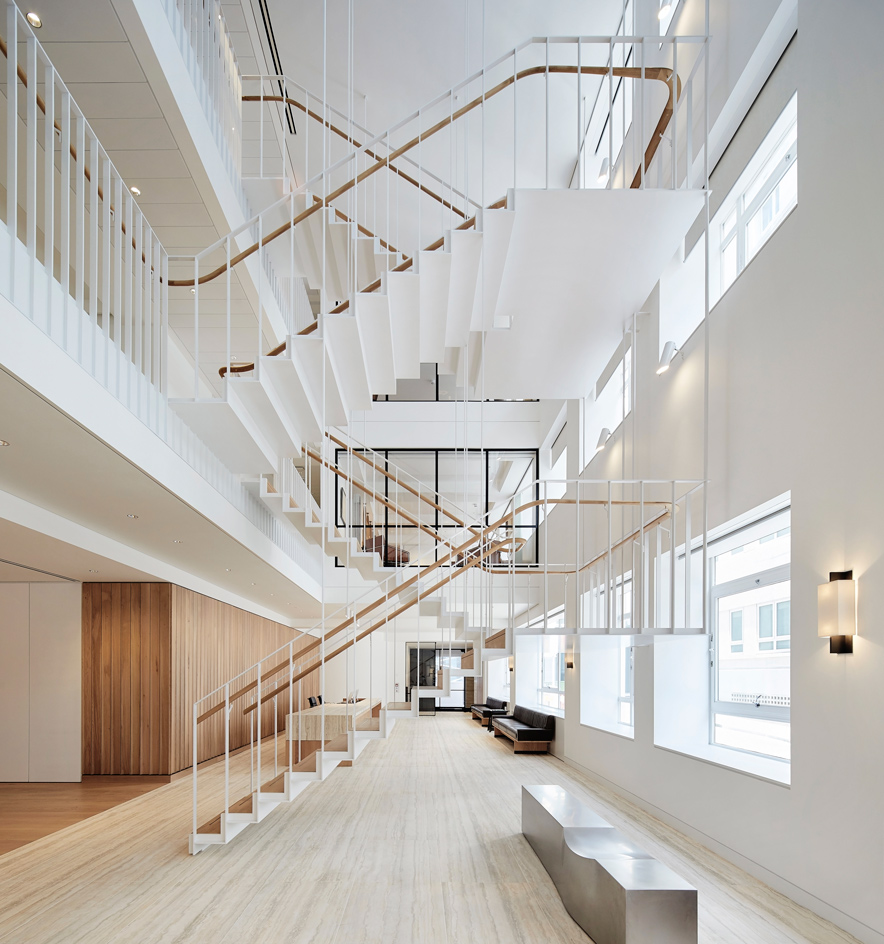
Derwent London has built a reputation as one of the UK’s more forward-thinking property developers. Since its foundation in the mid-1980s, the company is as adept at working within London’s historic fabric as it is at giving new life to tired slices of mundane modernism. Projects include the game-changing Angel Building in Islington, Shoreditch’s fashionable Tea Building and the new White Collar Factory, looming above Old Street’s ‘Silicon Roundabout’. So when it came to updating its own Savile Row HQ, the pressure was on to create a true showcase for its enlightened approach. The project was undertaken by Piercy & Company – which also built the Turnmill building in Clerkenwell for Derwent London – and the result is a warm, inviting and carefully crafted office, neatly tailored for the developer’s day-to-day operations.
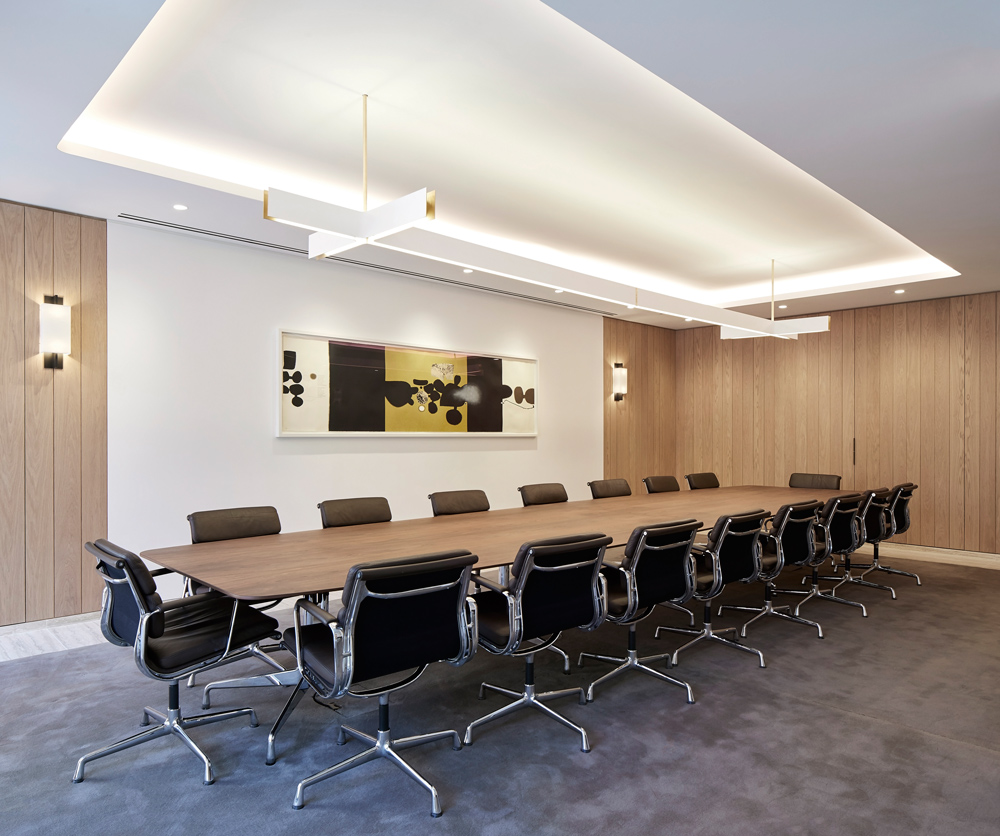
A screenprint by Victor Pasmore, Points of Contact No. 17 (1974), hangs in the meeting room.
Derwent London already owned the original art deco Mayfair building, with its offices occupying the upper two floors. These had been fitted out by Squire & Partners at the turn of the century, but more space was needed for the company’s team of 90. Although there was a lucrative opportunity to convert the space into flats, the company felt a need ‘to practise what it preached’. As design manager Tim Hyman explains, ‘we were doing our own house in effect – it was a personal project for us’. While architect Stuart Piercy describes the project as a Gesamtkunstwerk, Hyman is more prosaic, observing that the design covers everything ‘from the concrete to the cutlery’.
The new spaces are arranged around the structure of the company, with a ground-floor reception and meeting area designed to impress, not overwhelm. A new top-hung staircase rises up through an atrium carved out of the existing floor plan, making a beautiful – and expensive – statement, given the amount of pricey floor space that had to be removed for its installation. The developers are unrepentant. The upper floors give long views across Boyle Street and down Old Burlington Street towards the Royal Academy, while the stair void is flanked by the directors’ offices, rising up the atrium like a series of display cases.
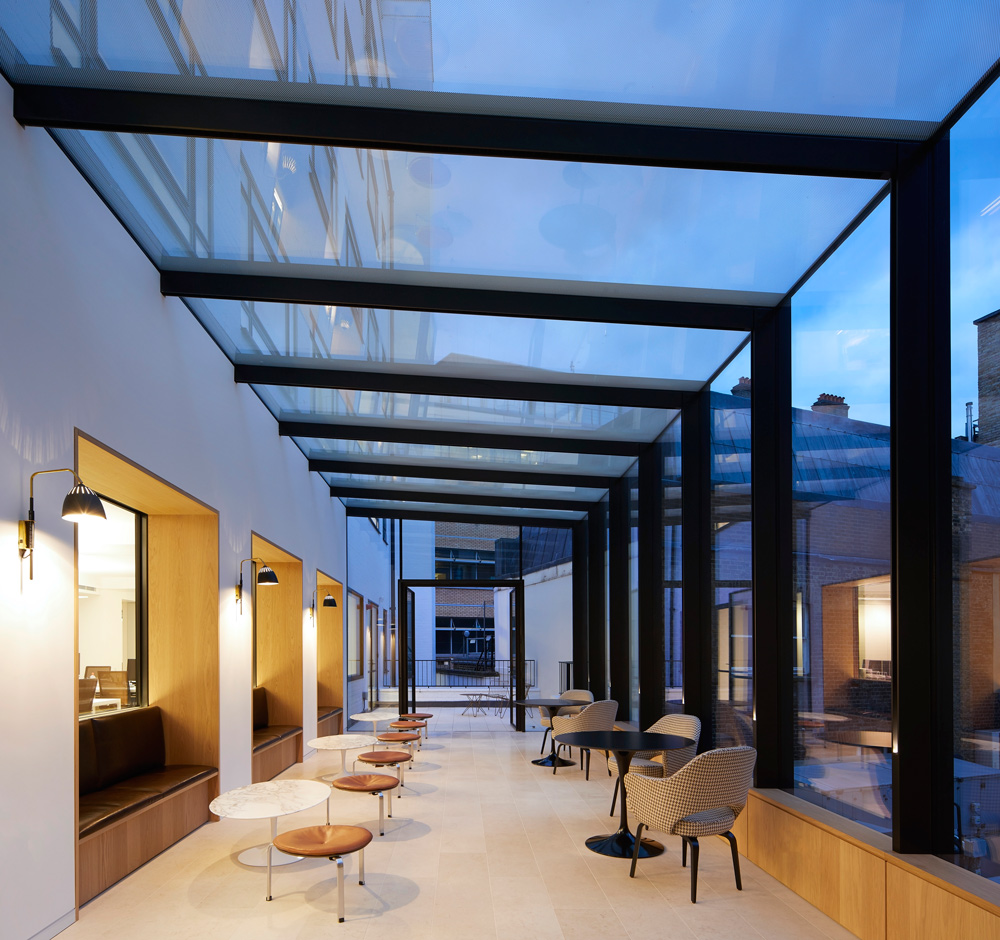
A winter garden on the first floor forms a social and entertaining space.
‘It’s very calm, very laid back, with all the modern artisanship that we like. We didn’t want it to be overly corporate,’ Hyman says, while Piercy adds: ‘It’s quite good to stay on the right side of ostentatious.’ The budget was hardly parsimonious, and as a result the attention to detail is superb. The millimetre-perfect alignments of every Dinesen floorboard, the fluted cladding on the walls, the bookmatched patterns on the travertine marble and the lashings of Bill Amberg leather give the ground floor the feeling of an exquisite piece of cabinetry. Derwent’s contact book certainly helped. ‘It’s like having your favourite chef cook your favourite meal with your favourite ingredients,’ Hyman muses. Adds Piercy, ‘We’ve done many one-off houses, so we have a good understanding of materials.’ As a result, there is a sense of domestic scale in a commercial space, with materials and bespoke elements that are never outsized or unnecessarily corporate.
Derwent London is understandably delighted with the result. ‘We’ve always believed in “less is more”, and it can be more if what’s built looks absolutely beautiful,’ notes director Simon Silver from his office, which houses his collection of quirky midcentury pieces. ‘We thrive on collaborations with architects and suppliers,’ he adds. Savile Row might only represent one per cent of Derwent London’s portfolio, but it’s a showcase for three decades’ worth of creative collaborations.
As originally featured in the November 2017 issue of Wallpaper* (W*224)
Step behind the scenes for the ’making of’ Derwent’s new Savile Row HQ. Video: Nick Ballon
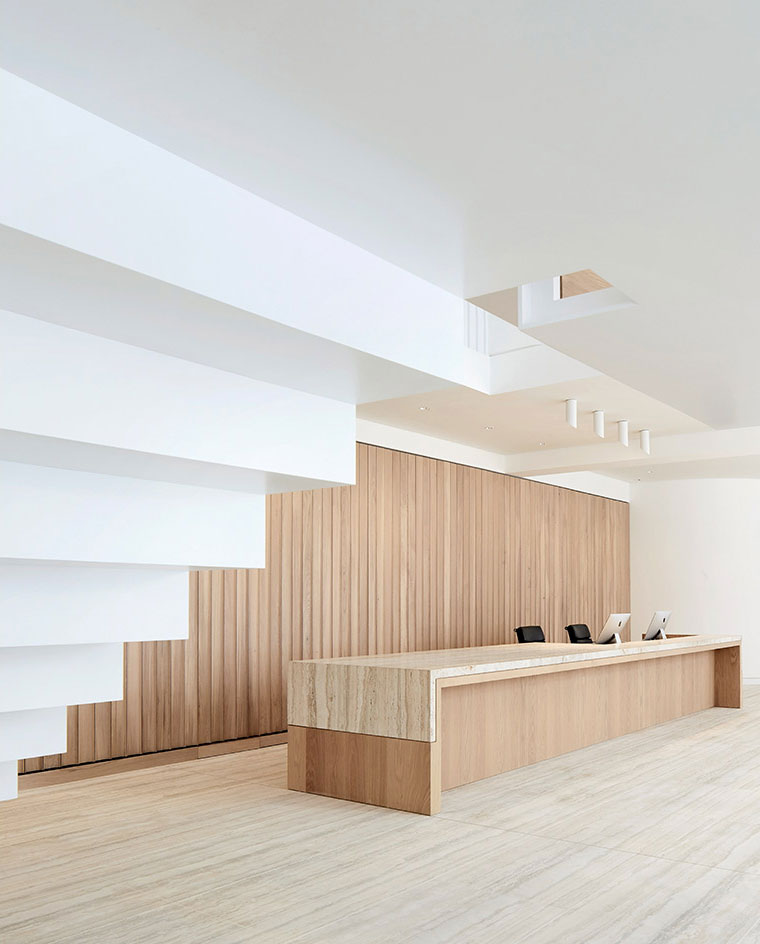
The ground floor reception area.
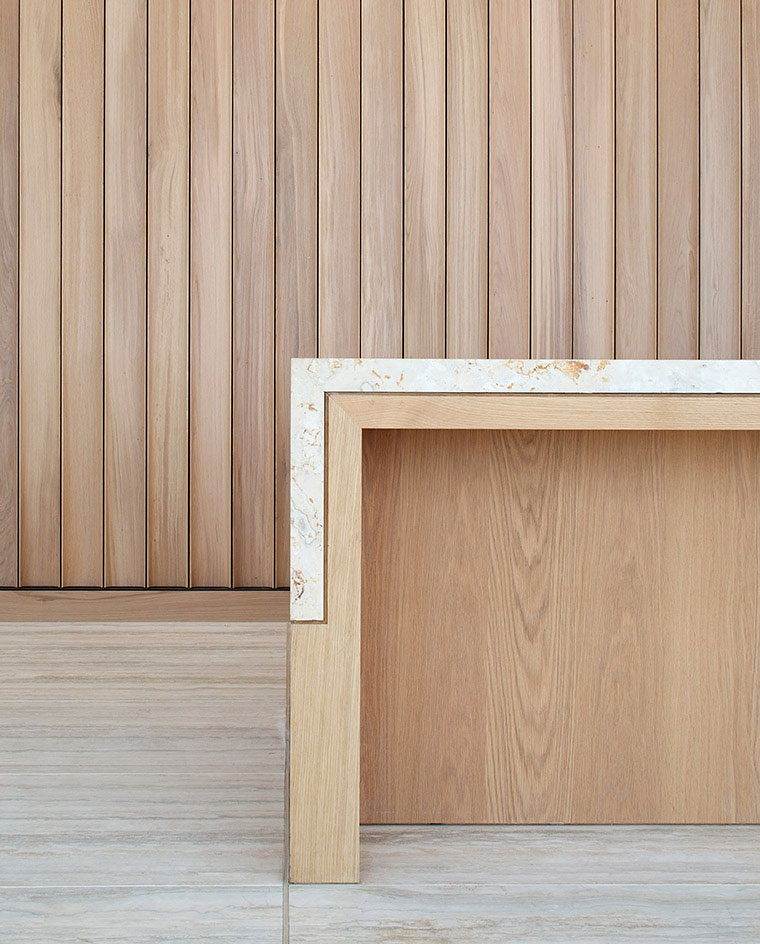
The ground floor reception desk was created by Piercy & Company in collaboration with Benchmark
INFORMATION
For more information, visit the Piercy & Company website and the Derwent London website
Receive our daily digest of inspiration, escapism and design stories from around the world direct to your inbox.
Jonathan Bell has written for Wallpaper* magazine since 1999, covering everything from architecture and transport design to books, tech and graphic design. He is now the magazine’s Transport and Technology Editor. Jonathan has written and edited 15 books, including Concept Car Design, 21st Century House, and The New Modern House. He is also the host of Wallpaper’s first podcast.
-
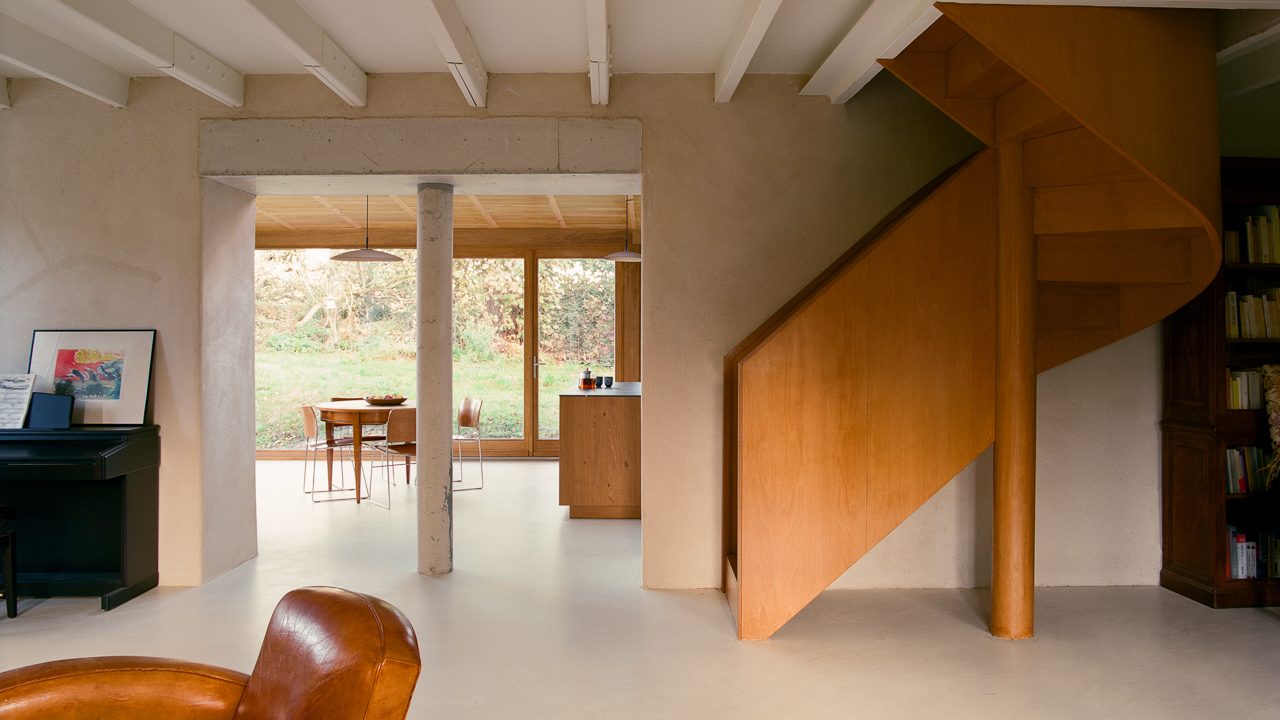 A former fisherman’s cottage in Brittany is transformed by a new timber extension
A former fisherman’s cottage in Brittany is transformed by a new timber extensionParis-based architects A-platz have woven new elements into the stone fabric of this traditional Breton cottage
-
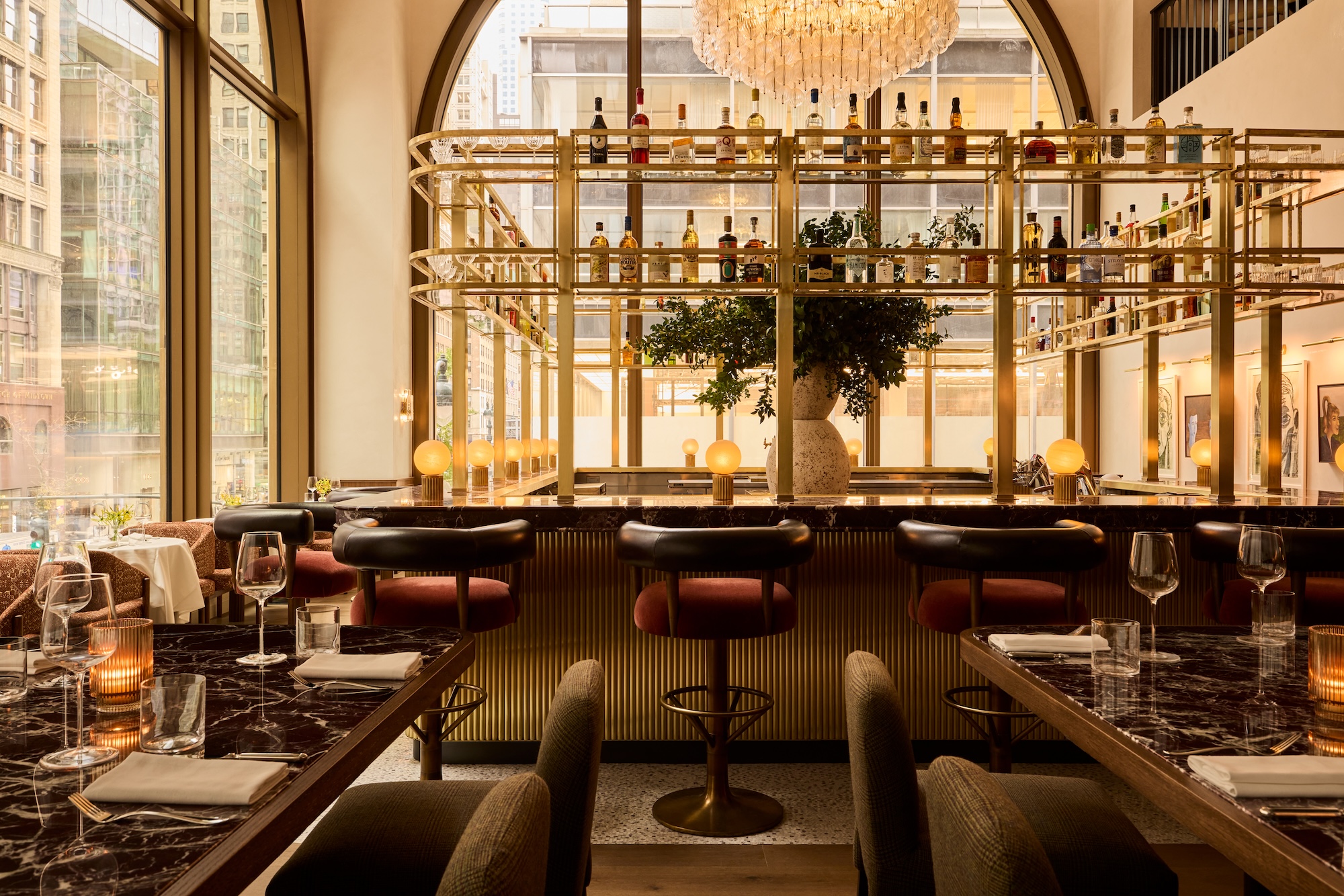 New York's members-only boom shows no sign of stopping – and it's about to get even more niche
New York's members-only boom shows no sign of stopping – and it's about to get even more nicheFrom bathing clubs to listening bars, gatekeeping is back in a big way. Here's what's driving the wave of exclusivity
-
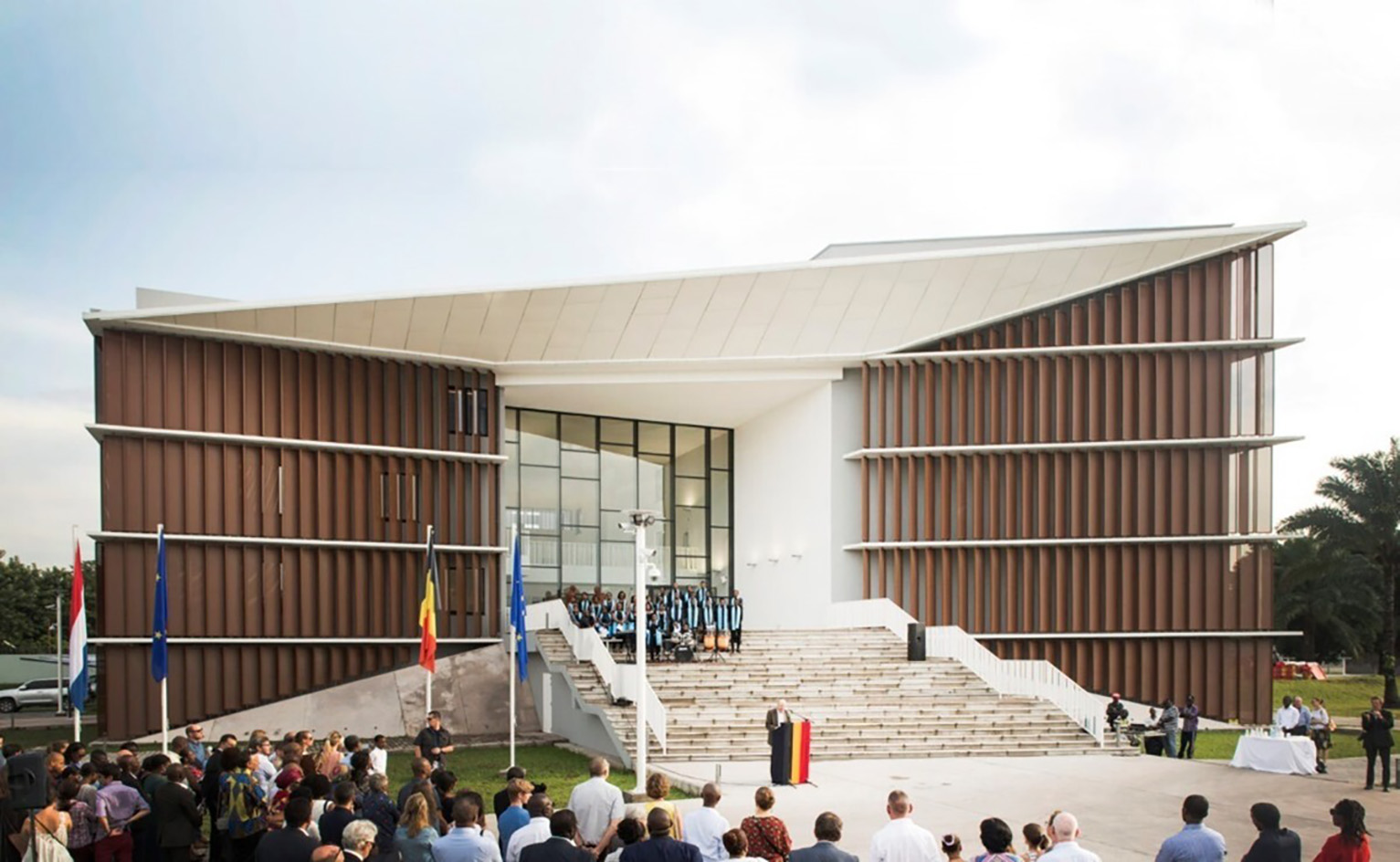 The diverse world of Belgian embassy design – 'style and class without exaggeration'
The diverse world of Belgian embassy design – 'style and class without exaggeration''Building for Belgium: Belgian Embassies in a Globalising World' offers a deep dive into the architecture representing the country across the globe – bringing context to diplomatic architecture
-
 Arbour House is a north London home that lies low but punches high
Arbour House is a north London home that lies low but punches highArbour House by Andrei Saltykov is a low-lying Crouch End home with a striking roof structure that sets it apart
-
 A former agricultural building is transformed into a minimal rural home by Bindloss Dawes
A former agricultural building is transformed into a minimal rural home by Bindloss DawesZero-carbon design meets adaptive re-use in the Tractor Shed, a stripped-back house in a country village by Somerset architects Bindloss Dawes
-
 RIBA House of the Year 2025 is a ‘rare mixture of sensitivity and boldness’
RIBA House of the Year 2025 is a ‘rare mixture of sensitivity and boldness’Topping the list of seven shortlisted homes, Izat Arundell’s Hebridean self-build – named Caochan na Creige – is announced as the RIBA House of the Year 2025
-
 In addition to brutalist buildings, Alison Smithson designed some of the most creative Christmas cards we've seen
In addition to brutalist buildings, Alison Smithson designed some of the most creative Christmas cards we've seenThe architect’s collection of season’s greetings is on show at the Roca London Gallery, just in time for the holidays
-
 In South Wales, a remote coastal farmhouse flaunts its modern revamp, primed for hosting
In South Wales, a remote coastal farmhouse flaunts its modern revamp, primed for hostingA farmhouse perched on the Gower Peninsula, Delfyd Farm reveals its ground-floor refresh by architecture studio Rural Office, which created a cosy home with breathtaking views
-
 A revived public space in Aberdeen is named Scotland’s building of the year
A revived public space in Aberdeen is named Scotland’s building of the yearAberdeen's Union Terrace Gardens by Stallan-Brand Architecture + Design and LDA Design wins the 2025 Andrew Doolan Best Building in Scotland Award
-
 The Architecture Edit: Wallpaper’s houses of the month
The Architecture Edit: Wallpaper’s houses of the monthFrom wineries-turned-music studios to fire-resistant holiday homes, these are the properties that have most impressed the Wallpaper* editors this month
-
 A refreshed 1950s apartment in East London allows for moments of discovery
A refreshed 1950s apartment in East London allows for moments of discoveryWith this 1950s apartment redesign, London-based architects Studio Naama wanted to create a residence which reflects the fun and individual nature of the clients